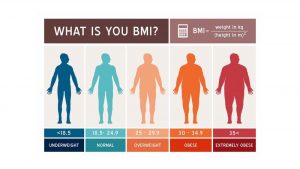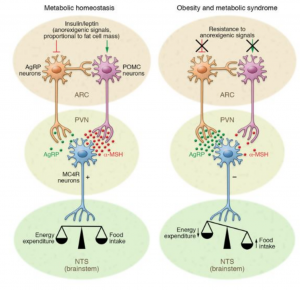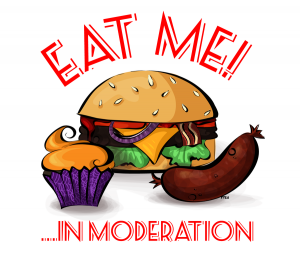You’re hungry, you drive to McDonald’s for lunch. You get back to your office and you decide to skip the stairs, and take the elevator. These little decisions made out of convenience don’t seem like a big deal, but what if I told you that they were, if not made in moderation. For many American’s this choice is a daily reality. The United States, as a whole is turning into a sedentary, at time lazy society filled with cheap processed food, and screens in our hands. Around 40% of adults in the US are considered obese, meaning they have a BMI (body mass index) of over 30. In 2016, it was reported that 1 in 5 children are considered obese. With a growing number of obese individuals America needs to do something to help treat this disease, and you can help make a change.
What is BMI?
In order to understand obesity, you first need to understand what BMI is. Your BMI or body mass index is calculated by taking a person’s weight, in kilograms, divided by their height in meters squared. Body mass index measures the “fatness” of a person’s body.
- BMI below 18.5: This is considered underweight
- BMI of 18.5 to < 25: This is the normal range
- BMI of 25 to < 30: This falls into the overweight range
- BMI of 30 or higher: This is the obese range, and there are three sub-classes
- Class 1 Obesity: This is a BMI of 30 to < 35
- Class 2 Obesity: A BMI of 35 to < 40
- Class 3 Obesity/Extreme Obesity: This is a BMI of 40 or higher
However, it should be noted that according to health professionals, a person’s BMI is used as a screening tool and is not a complete indicator of a person’s health.
Obesity and Your Brain
While it might sound strange, obesity can be considered a brain disease. When a person is obese physiological changes can take place, which effect the insulin and leptin receptor resistance, which in turn can lead to over eating. Besides these changes, obesity can inhibit pathways associated with appetite suppression. Saturated fatty acid molecules, which are found in large amounts in processed foods, can freely cross, and in turn accumulate with in brain tissue. This accumulation leads to the activation of inflammatory pathways. The inflammation can then lead to further insulin resistance, and the decreased ability to use insulin for energy.
Insulin Resistance
Besides leading to diabetes, insulin resistance can lead to the inhibition of POMC neurons. These neurons, when working normally, are activated after we eat and tell us when to stop eating. When POMC neurons are inhibited this function is lost, causing us to continually eat. AgRP is another important neuron in obesity’s story. This neuron under normal circumstances, when you are hungry, tells the body to eat in order to gain energy. When insulin resistance occurs the body is no longer in balance. This imbalance leads to an increase ratio of POMC and AgRP in the brain.

Everything in Moderation
You’ve probably heard the saying “everything in moderation,” but when it comes to treating and or preventing obesity this saying could not be any truer. I would never tell anyone to not eat pizza, donuts, or french fries. That would be hypocritical of me. I love these foods as much as the next person. Rather, eat these in moderation. Finals and Christmas are upon us, and are usually filled with high-fat foods along with stress-eating. We can’t get ride of sugary and high fat foods, but we can exercise and eat better. Next time you are stocking up on snacks, pick some fruits or vegetables instead of that extra bag of chips. Your body will thank you, and so will your future self.

Images:
Image 1: https://www.lalpathlabs.com/blog/why-is-obesity-a-health-problem/
Image 2: http://www.stigmainhealth.com/bmi-calculator/
Image 3: https://moodle.cord.edu/pluginfile.php/733031/mod_resource/content/1/hypothalamic%20inflammation%20in%20obesity%20and%20metabolic%20disease.pdf
Image 4: https://ltthompson.wordpress.com/page/2/?archives-list=1
